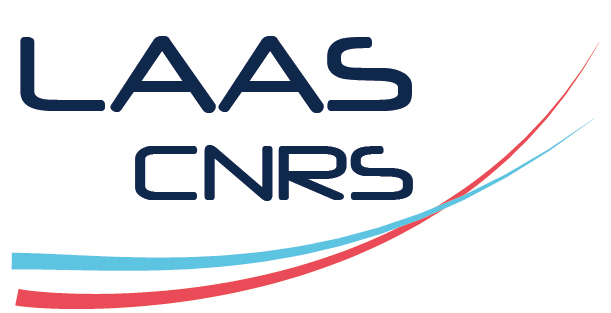On L¹ and time-optimal state transitions in piecewise linear models of gene-regulatory networks
Résumé
In this paper, we investigate optimal state transfers for a generic class of piecewise-linear models widely used to qualitatively describe gene-regulatory networks. Motivated by the main practical drawbacks of artificially regulating gene expression through chemical inducers, the optimality of the transitions is defined as the convex combination of the total time and the L¹ cost of the control. Solutions are studied through a Hybrid Pontryagin's Maximum Principle approach, which allows to characterize the optimal trajectories and control for the general formulation of the problem. Then, we focus on two practical examples of two-dimensional regulatory networks: the bistable switch, for which the objective is to induce optimal transitions between its two stable steady states, and the damped genetic oscillator, where the goal is to induce sustained oscillatory behaviors. The resulting optimal control strategies can be expressed in state feedback form, involving both bang arcs and inactive control periods, and are shown to slide over certain separatrices of the uncontrolled system that characterize the boundaries of the admissibility set.
| Origine | Fichiers produits par l'(les) auteur(s) |
|---|

